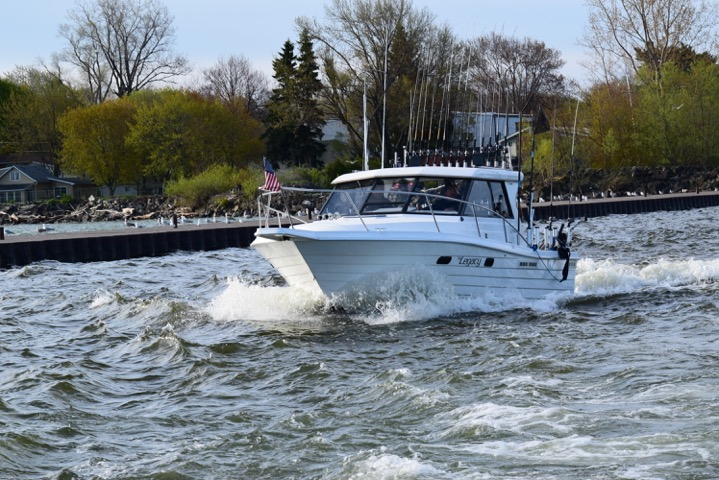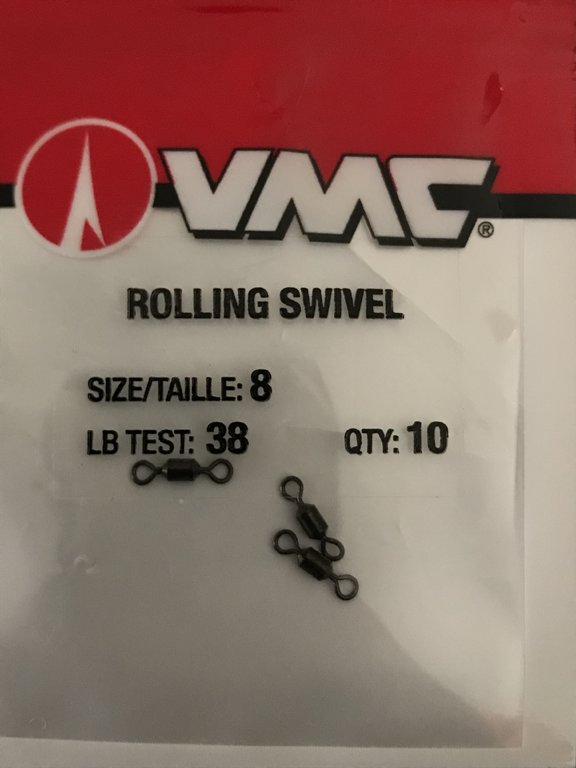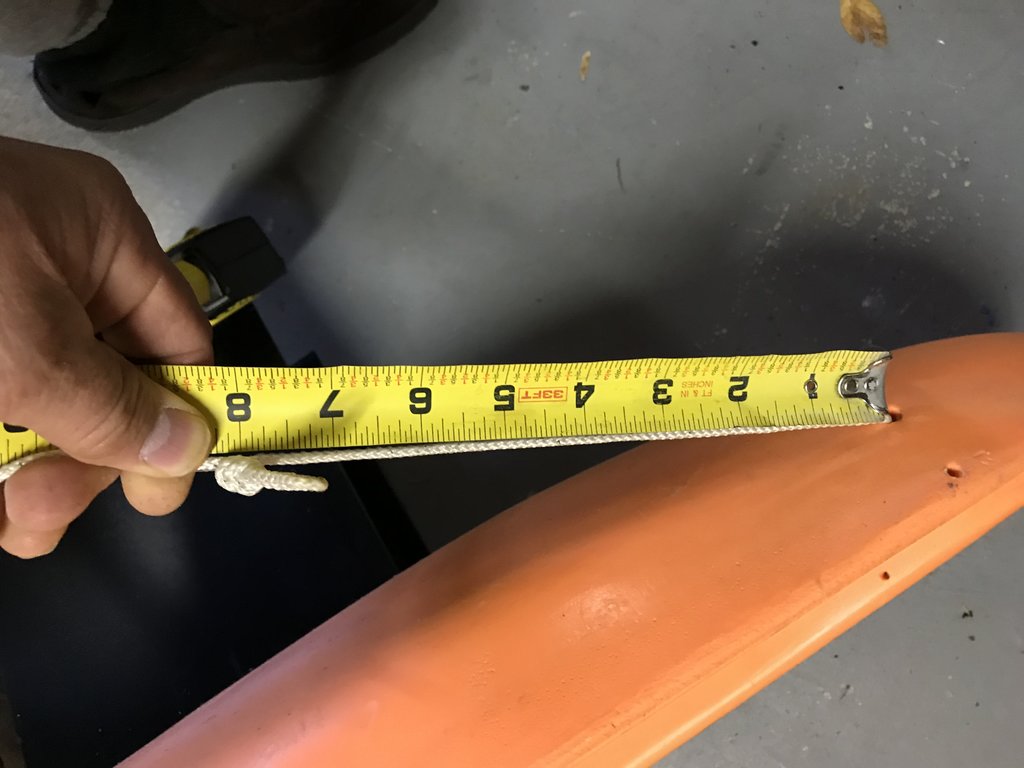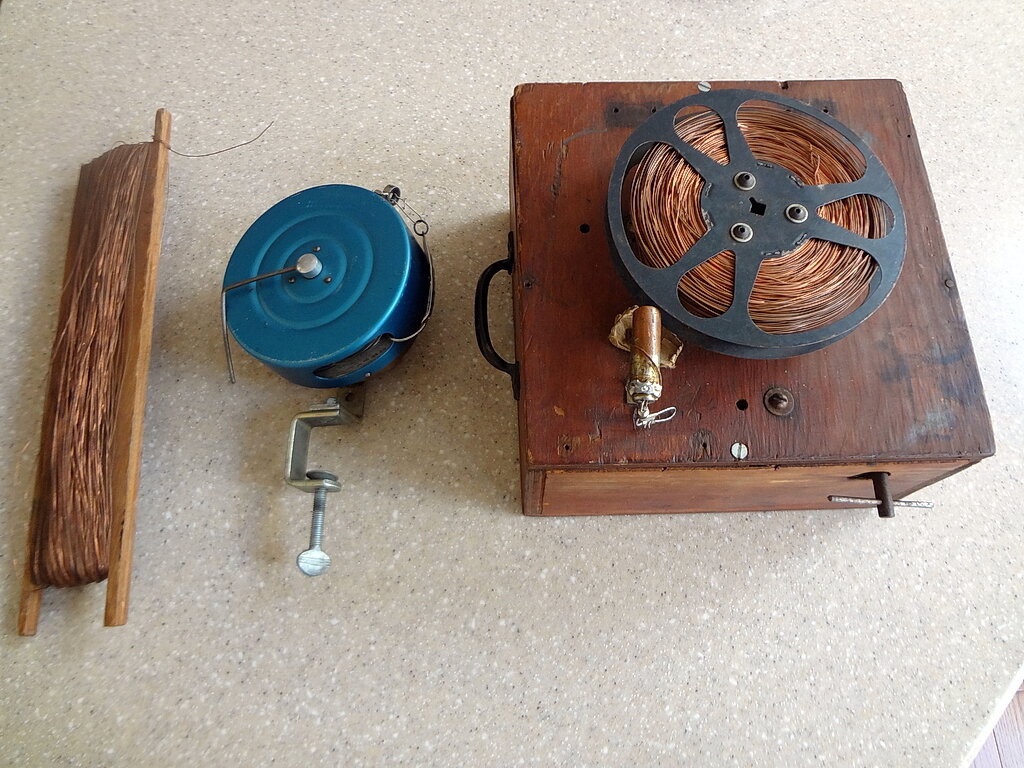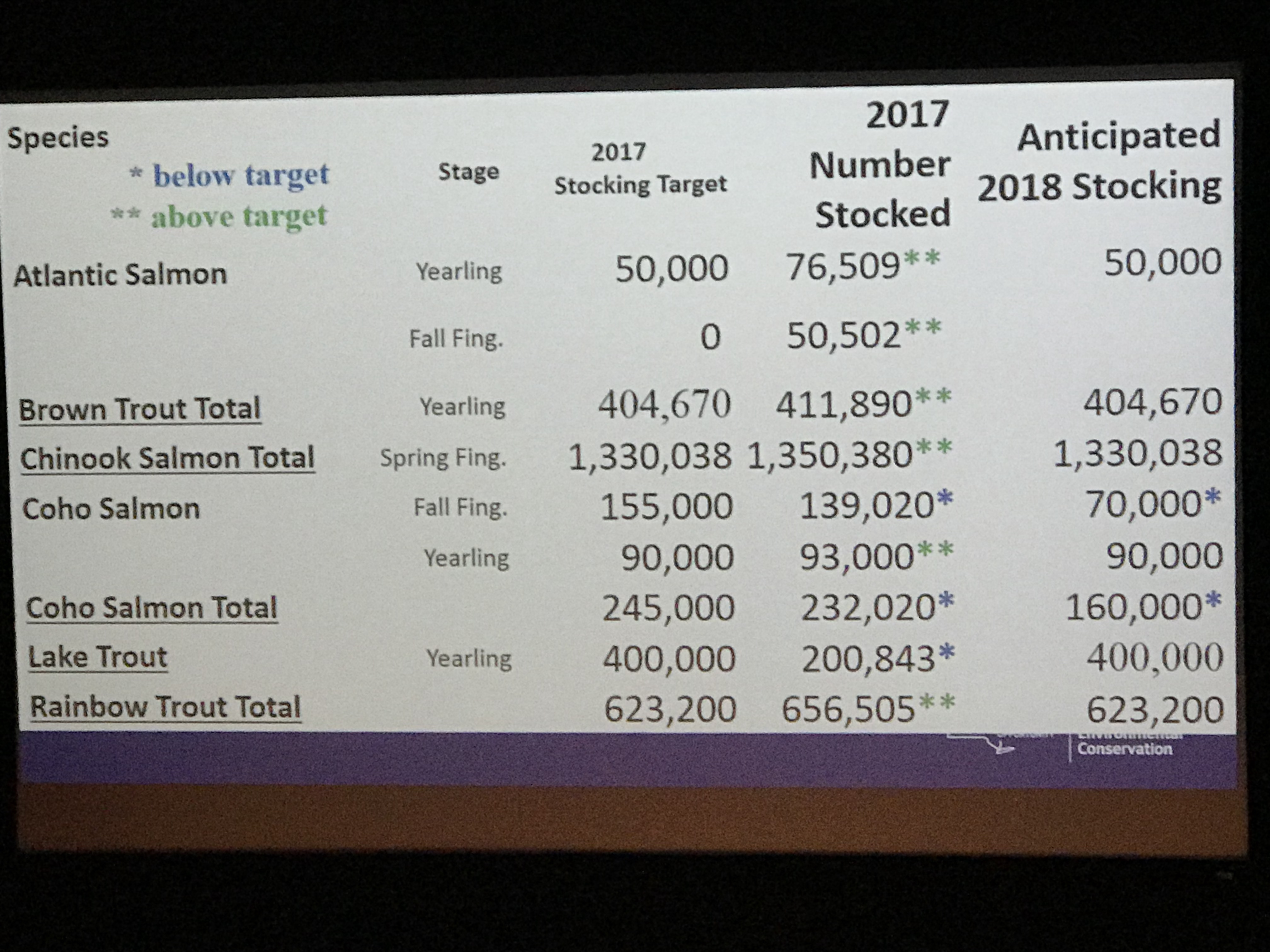-
Posts
7,764 -
Joined
-
Last visited
Everything posted by Legacy
-
-
The terrible stretch is from RT19 to just past rt 237 (westbound) and from county line to rt19 (east bound) including all on and off ramps.
-
This is the tired old debate of Chevy vs Ford Vs Dodge. Blah, Blah, Blah. Truth is if you stick with the big three, (Okuma, Daiwa, and Shimano) they all make good stuff for us great lakes guys. Do they need new drags straight from the box? No but If anyone has ever had a carbon fiber drag washer upgrade from Tuna Tom then you would believe that EVERY reel should get a drag upgrade out of the box. Shimano has one option. Tekotas. They have been their staple for a long time. Daiwa has Seaslines, Saltist, and Seagate. They have some high speed options also. Okuma has Classic, Magda, Convector, Cold Waters. They have the most options depending on your budget. They also have high speed options.
-
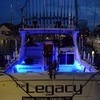
1989 Boston Whaler 22FT Revenge Cuddy Walk Through
Legacy replied to whaler1's topic in Boats for Sale
It will suck not to see the boat trolling in front of Sandy but someone is gonna get a great boat! -

Best trolling speed for spring browns
Legacy replied to Zinger11's topic in Questions About Trout & Salmon Trolling?
Yes and the opposite is equally as true. Fast in gin clear water. -

Best trolling speed for spring browns
Legacy replied to Zinger11's topic in Questions About Trout & Salmon Trolling?
1.8- 2.2 is a good place to start. Water clarity, temp, and lure choices influence this also. -
It always seems that Lake Trout dont begin to fight until they see the boat and they hit the prop wash. If I loose a Lake Trout it is almost always when I can put eyes on it. Sharp hooks are always a must but patience goes a long ways too. Give them a minute to stop thrashing behind the boat and don't horse them. Let the drag work. Once they are done, get back on them and bring them to the boat. And then the real fight begins. Lake Trout tend to fight more in the net then in the water.
-
Perfect size for downriggers. My number 1 choice is 25# Blood Run Tournament mono.
-
-
I replaced my halogen spreader lights with led and they work great. They are almost too bright. https://www.superbrightleds.com/moreinfo/led-boat-lights/led-boat-light-6-oval-spot-or-spreader-light-12w-780-lumens/3113/3478/?utm_source=googlebase&utm_medium=base&utm_content=WL-15W-OxW&utm_campaign=GoogleBaseChild&gclid=Cj0KCQjw4_zVBRDVARIsAFNI9eD0z6dNua8LtGHx7PGz9MIzBFKypJUTQ4Z3hpMklCFNRHLc764nHwkaAtOOEALw_wcB
- 1 reply
-
- 2
-

-

Leadcore off of big board rod choice
Legacy replied to eafd30's topic in Questions About Trout & Salmon Trolling?
Okuma Classic ProGLT is a perfect choice (model #CP-CL-862M) https://www.fishusa.com/product/Okuma-Classic-Pro-GLT-Trolling-Rods?utm_source=google_ps&utm_medium=cpc&utm_campaign=google_ps&gclid=Cj0KCQjwnfLVBRCxARIsAPvl82HKANoUnQ7-8URs0M9eqmY9-e1RQoNxc-sjrGfBoniZ3G067XkR9tQaAtObEALw_wcB&utm_source=google_ps&utm_medium=cpc&utm_campaign=google_ps&gclid=Cj0KCQjwnfLVBRCxARIsAPvl82HKANoUnQ7-8URs0M9eqmY9-e1RQoNxc-sjrGfBoniZ3G067XkR9tQaAtObEALw_wcB -
Since the update I have also had issues with the app. Blueye has told me he is working to resolve the issues.
-
-
First thing is to make sure they are assembled correctly. https://www.bigjon.com/admin/partsimage/1441986991OTTBOATinstr.pdf Big Jon suggests a 9" x 14" knot configuration but some of us run a 10"x 13" knot configuration. The type of planer board line is also important. I like 200# braid. It has virtually zero stretch and doesn't absorb water. With that being said it doesn't hang in the water and cause board lag.
-
On Saturday March 31st, we will be meeting at East Fork Pro Marine at 9:30 am to assemble the pens for the fish delivery. Please come join us!
-
No issue.
-
Yes they easily handle a spoon or a crank
-

Sandy Creek 3/18/18
Legacy replied to SharkHunter's topic in New York Fishing Reports - Lake Ontario (South Shore)
-
-
The two popular choices are 1. An Albright knot Or 2. Use a heavy swivel for copper your leader connection. Haywire twist on the copper side and Palomar on the leader side Sent from my XT1585 using Lake Ontario United mobile app
-
Know any?
-
Here is the law copied from the NYSDEC website in which they had a hard time explaining to us. Regulations for Harvested Fish Fish cleaning law It is illegal on New York State waters to possess walleye, black bass, brook trout, lake trout or Atlantic salmon that have been cut, dismembered, filleted, skinned or otherwise altered so that the species and total length of such fish cannot be easily determined. However, these fish may be gilled or gutted. Other species of fish may be filleted provided that the skin is not removed from the fillets. This regulation allows more effective enforcement of harvest regulations on protected game fish. Fish carcass disposal law It is illegal to discard any fish carcass, or parts thereof, into the freshwaters of the state within 100 feet of shore or upon any public or private lands contiguous to and within 100 feet of such water, except: On private lands by owners of such lands. If properly disposing into suitable garbage or refuse collection systems or by burial. Where incidental cleaning of fish for consumption is permitted. However, resulting waste may not be disposed of within 100 feet of any public launching or docking site unless into a suitable refuse collection system. Live fish and fish which must be returned to the water because of size limits, open seasons and daily limits are not subject to the fish carcass disposal law. Transportation Transportation of fish is permitted as follows: Fish caught in New York State No more than two days’ legal take of nonsalable fish may be transported unless a permit is obtained from a DEC Regional Office, or the fish are frozen, processed and packaged for storage. Smelt, suckers, alewives, and blueback herring taken by dip nets or angling, and suckers taken by spearing, may be transported overland by motorized vehicle for consumption purposes only. Once those species are transported away from the water body, they may not be transported back to any water body for use as bait. Salable fish may be transported in any number. Baitfish transportation regulations.
-
-

